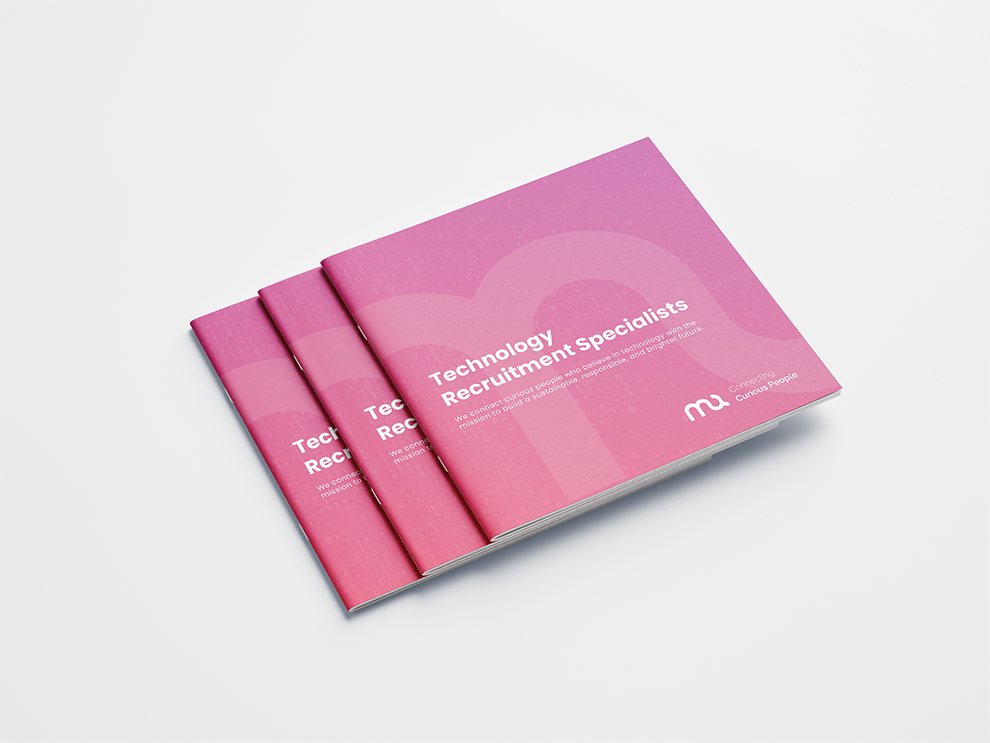The Challenges of Visibility and Authenticity in the Workplace
23 Jul, 20215mnIn the light of Pride Month, MA hosted a live online conversation with two guests: UK-...

In the light of Pride Month, MA hosted a live online conversation with two guests: UK-based Joanne Lockwood (she/her), Transgender Awareness and Inclusion Specialist, Keynote Speaker and Podcaster among many other roles, who helps businesses to develop strategies for equitable HR processes such as talent acquisition, performance management and employee experience, and US-based Fred Lopez (he/him), Executive Director of the San Francisco Pride, whose mission is to educate the world and commemorate the culture, celebrate the heritage and liberate the people of the LGBT community.
Along with the host Matt Ashby-Cooper, Head of People and Culture at MA, and a participative LinkedIn audience, they discussed together the topics of visibility and authenticity in the workplace, and what can companies do to make sure these two areas are anchored in their culture in the long-term.
Visibility and Authenticity at Work
Does being visible enable more authenticity, or is it the other way around? Or do both words have the same meaning? While the answer to these questions might not be obvious, and people will have their own definitions in mind, it is undeniable that both topics are strongly related.
The layers of visibility
There’s really two layers to visibility. Being visible to other people and being visible to your own people.
“I am professionally trans. I don’t hide my identity; I am who I am.” This straight-to-the-point statement is Joanne’s, who describes herself as an Inclusion and Belonging Specialist. But before being able to be comfortable with being visible to the world, she had to learn to be comfortable with her own self.
Pre-internet, when the information was not so easily accessible nor easily shareable, when it was not as easy to know what was going on on the other side of the globe or even sometimes at our doorstep, it was harder to deal with the internal conflicts and the confusion that could occur in one’s head. It was harder to identify and find like-minded people, people one can relate to because they are going through the same thing. When it comes to transgender for example: “Pre-internet […], the only portrait of transgender people was ‘underclass, stigmatised or some kind of fetish. It wasn’t until the internet that I started to realize that everybody had a story that was no different to mine. That created belief. That created this vision that I was not alone, I was not crazy. Other people’s stories were different, but the core of it was very similar.”, recalls Joanne.
The last decade has definitely offered more opportunity for people to be more visible.
The challenges of being authentic in the workplace
To the question “Is it easy for you to be your authentic self in the workplace?” asked to the audience, the majority of the answers were negative.
Matt recalls reflecting on his career and remembering the moments and employments where he’s been held back and put in a box, after someone asked him a few years ago why he has not gone further in his career; people considered as part of a minority, or more simply put, tagged as ‘different’, face adversity and are sometimes required, explicitly by the workplace or even at times by themselves, to put a mask on.
Does “hiding” behind a mask, acting as someone you’re not, or just being half of what you are, have an impact on your career path? Some will say that it most definitely does. In some situations, not being your full and authentic self or not feeling that sense of belonging and acceptance at work can have a direct impact on wellbeing, and eventually on performance.
On the other side of the line, being officially “out” might be a good thing for the “outted” person, but more challenging for the entourage. Joanne remembers the difficulties her wife and daughter had to overcome in their own life, like bringing Joanne to the company’s barbecue or walking her daughter to the altar at her wedding.
So, when it comes to being your authentic self in the workplace, everybody has their own experience. And unsurprisingly, there’s still work to be done in companies for people to be comfortable being themselves.
Companies' Initiatives and Challenges
Today, more and more companies are willing to tackle those issues. Whether it’s with small sporadic actions, or as part of an official “Diversity and Inclusion” approach. But it is always hard to please everyone.
The challenges of corporate support to “minorities”
All initiatives, especially when done publicly, are not always welcome by everyone.
It is easy for example to point out the hypocrisy of a large organisation publicly making actions in favour of the LGBTQ+ community in the western countries it is implemented in, while staying silent in other countries where such a topic is still highly taboo, or simply forbidden. Or else, is the company that changes its logo to the rainbow flag in June, also going to defend LGBTQ+ rights the rest of the year?
The question of tokenism, exploitation or putting profits before inclusion is a question that often comes to the mind of a lot of people.
Whatever the reasons are for a D&I strategy choice, it is important for a company to stay true to its values, to be vocal about them internally, to make the employees feel accepted and safe.
Big and small initiatives
Fred suggests a number of internal concrete initiatives, from small yet impactful efforts to bigger actions: the use of pronouns (on badges, LinkedIn, email signatures, etc.), integrating LGBT culture into the overall commemorative calendar of the year, making donations to LGBT charities, being intentional about creating opportunities, mentoring and promoting queer folks etc.
Training, awareness and talks for people who are struggling (with understanding someone else or accepting themselves) are also big internal steps forward.
Being surrounded by the right people for support, reaching out and picking the right fight at the right time is important, because sometimes, one’s not going to be in the right mindset to respond to the line manager who awkwardly used an LGBTQ+ reference as a funny insult, or to challenge the 21 LGBTQ+ stereotypes that colleague based his lunch time conversation on.
Finally, giving a voice to those people in need of visibility and space for being authentic is essential.
To conclude…
Not everything is straightforward and tokenism, stigma, wrong perceptions and stereotypes are not going to disappear overnight.
But it’s about trying and not being afraid to make mistakes, educating and not punishing, and most importantly it’s about being consistent and resilient.
As Fred said, “When we are all in one place together, in numbers that are too difficult to deny, that carries power and there is a sense of purpose and importance.”.
If you haven't had the chance to attend our live event, you can watch the replay here : https://www.linkedin.com/video/live/urn:li:ugcPost:6810581315142852608/
If you're curious to know about our host and guests, please go and visit their LinkedIn profiles :



